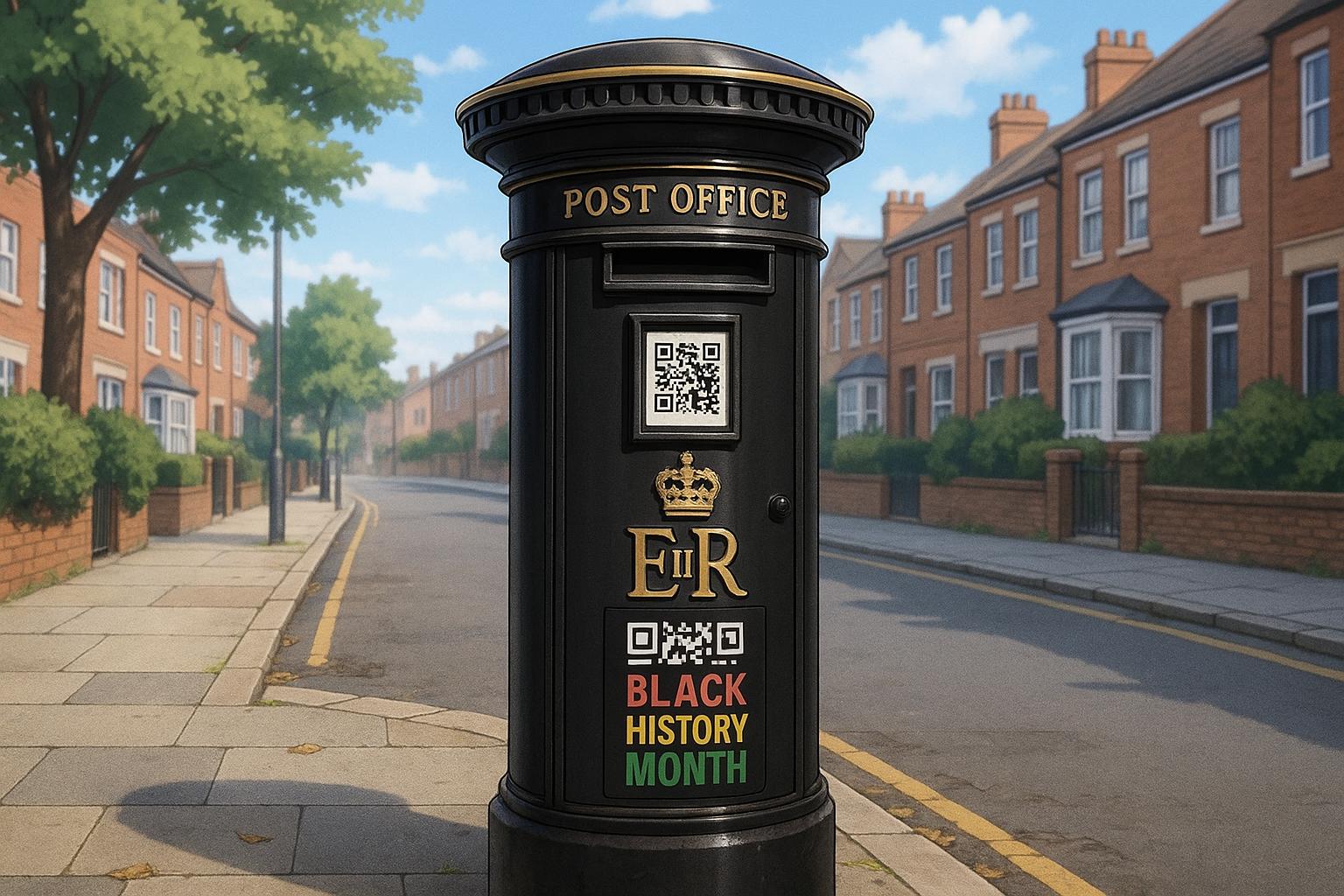Black postboxes have recently ignited intrigue and confusion among many in the UK, who often encounter these rare installations with little understanding of their significance. Traditionally, British postboxes have been red since 1874, a change instituted after complaints that the previous green boxes blended into the landscape, particularly in rural areas. However, the mystery of black postboxes has sparked discussion, especially in recent social media exchanges about their purpose and rarity.
A recent observation shared on Reddit highlighted a black postbox in active use in Llanfydd, Wales. The poster, after searching online and querying the local farm owner where the box is located, discovered that the true purpose of the postbox was unclear. They noted, “I came across this working postbox... I've Googled it, and it says that it's either to celebrate Black History or to signify that it's out of use.” This ambiguity is common among black postboxes, as they are often decommissioned and locked to prevent public use, typically located near old post offices or in conservation areas.
However, the postbox in question turned out to be a replica, much to the surprise of the original poster, who had assumed it was a legitimate Royal Mail collection point. Comments from other users clarified the situation: “It’s a replica postbox, not a real one.” This incident opened a broader dialogue about the ethics of selling such replicas and the potential for public misinterpretation. In some cases, concerns were raised regarding the legality of these replicas, with suggestions that they could mislead the public about their function.
Interestingly, black postboxes are not solely associated with obsolescence. In 2020, in an effort to commemorate Black History Month, Royal Mail painted four postboxes black across major cities: London, Glasgow, Cardiff, and Belfast. Each of these boxes was adorned with gold detailing and recognised influential figures from the British Black community, such as Mary Seacole, a pioneering nurse, and Lenny Henry, a prominent comedian and activist. These initiatives included QR codes linking passersby to an online gallery celebrating Black Britons featured on special postage stamps.
Critically, while these commemorative postboxes symbolise a step towards recognition, reactions have been mixed. Some activists argue that such gestures may come across as tokenistic, calling for more substantial actions that go beyond mere symbolism. Tyrek Morris, co-founder of the All Black Lives UK movement, emphasised the necessity for real, actionable change rather than surface-level initiatives. This reflects a broader concern within communities advocating for equality and representation; symbolic acts, while important, must be paired with genuine efforts to address systemic issues.
The continued intrigue surrounding black postboxes illustrates a complex interplay of history, culture, and community consciousness. While they may occasionally baffle those who encounter them, the stories they carry—both as historical remnants and as cultural markers—continue to resonate across generations. From a practical standpoint, as noted in various user explanations online, it is essential for the public to differentiate between functional postboxes and those symbolically retired or constructed as replicas.
Ultimately, the conversation around these unique installations serves as a reminder of the evolving narrative surrounding recognition, heritage, and the importance of understanding the significance behind the symbols we encounter in everyday life.
Reference Map:
- Paragraph 1 – [1], [5]
- Paragraph 2 – [1], [2], [3]
- Paragraph 3 – [3], [4], [7]
- Paragraph 4 – [6], [7]
Source: Noah Wire Services
